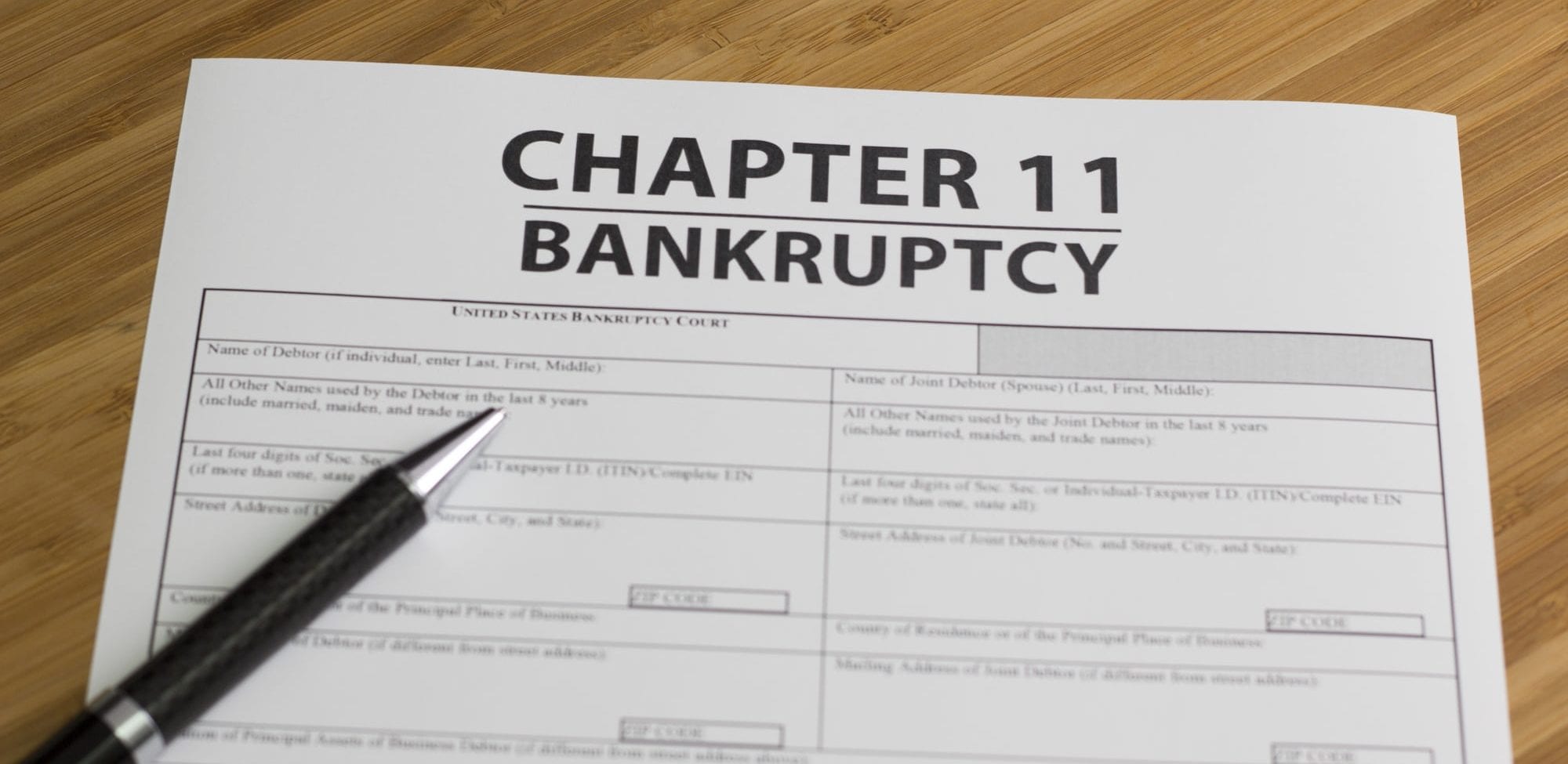Insolvency is a term commonly used in the legal and financial realms, often associated with the inability of an individual or a business to meet its financial obligations. Understanding the various types of insolvency is crucial for both creditors and debtors. In this article, we will delve into the four primary types of insolvency, shedding light on the nuances of each.
Introduction
Insolvency is a term that frequently appears in discussions about financial matters and legal proceedings. It refers to a situation where an individual or entity cannot meet its financial obligations, particularly the payment of debts. Insolvency can have significant implications for both debtors and creditors, making it essential to comprehend its various forms.
In this article, we will explore the four main types of insolvency: Cash Flow Insolvency, Balance Sheet Insolvency, Equity Insolvency, and Technical Insolvency. By understanding these distinctions, individuals and businesses can better navigate the complexities of financial challenges and make informed decisions.
1. Cash Flow Insolvency
Cash flow insolvency, also known as “illiquidity,” is the most common type of insolvency. It occurs when a debtor has insufficient liquid assets to meet their immediate financial obligations, such as paying bills, debts, or operating expenses. Cash flow insolvency can be a temporary setback resulting from a sudden financial shock, such as unexpected medical expenses or a dip in business revenue. It is often addressed by optimizing cash management and budgeting.
2. Balance Sheet Insolvency
Balance sheet insolvency, also known as “technical insolvency,” arises when an individual or entity’s total liabilities exceed its total assets. In other words, if you were to liquidate all your assets to repay your debts, you would still fall short. This type of insolvency is a more severe and enduring financial condition. Creditors may initiate legal proceedings to recover their debts, which could lead to bankruptcy or insolvency proceedings.
3. Equity Insolvency
Equity insolvency is a unique type of insolvency primarily applicable to corporations. In this scenario, a company’s net assets have dwindled to the point where its shareholders’ equity becomes negative. It indicates that the company has incurred substantial losses, eroding the value of shareholders’ investments. Equity insolvency can result in the devaluation of shares and might lead to the company’s downfall if not promptly addressed.
4. Technical Insolvency
Technical insolvency, often used interchangeably with balance sheet insolvency, refers to a situation where a debtor does not have sufficient liquid assets to cover their debts. While this might seem similar to cash flow insolvency, technical insolvency focuses on the legal or accounting perspective. It means that, on paper, the individual or entity cannot meet its financial obligations, even if they can do so in practice. Technical insolvency can trigger bankruptcy proceedings, even if the debtor’s financial situation is not dire.
What is the difference between cash flow insolvency and balance sheet insolvency?
Cash flow insolvency relates to a shortage of liquid assets to cover immediate financial obligations, while balance sheet insolvency occurs when total liabilities exceed total assets. The former is a short-term issue, while the latter signifies a more profound financial problem.
How can one avoid balance sheet insolvency?
To prevent balance sheet insolvency, individuals and businesses must carefully manage their finances, reduce unnecessary debt, and seek professional financial advice. Regularly reviewing financial statements and seeking to increase assets while decreasing liabilities is key.
Can a technically insolvent company continue to operate?
Yes, technically insolvent companies can continue to operate, as long as they can manage their day-to-day expenses and meet their financial obligations. However, technical insolvency can be a red flag to creditors and investors, potentially leading to legal action if not resolved.
Are there legal implications for equity insolvency in a corporation?
Equity insolvency in a corporation can have significant legal implications. It may lead to shareholder lawsuits and, in extreme cases, result in the dissolution of the company. Addressing equity insolvency typically involves raising additional capital or restructuring the company’s finances.
Conclusion
In the realm of finance and law, understanding the various types of insolvency is crucial. The four primary types, including cash flow insolvency, balance sheet insolvency, equity insolvency, and technical insolvency, each represent distinct challenges for debtors and creditors. By recognizing these differences, individuals and businesses can take the necessary steps to address their financial problems, make informed decisions, and work towards a more secure financial future. Whether you’re struggling with temporary cash flow issues or facing more profound balance sheet or equity insolvency, seeking professional advice and managing your finances wisely is paramount to navigate these challenges effectively.







